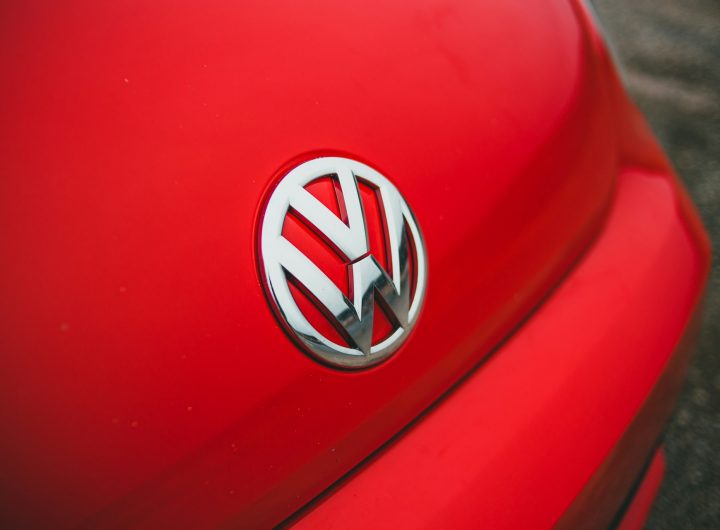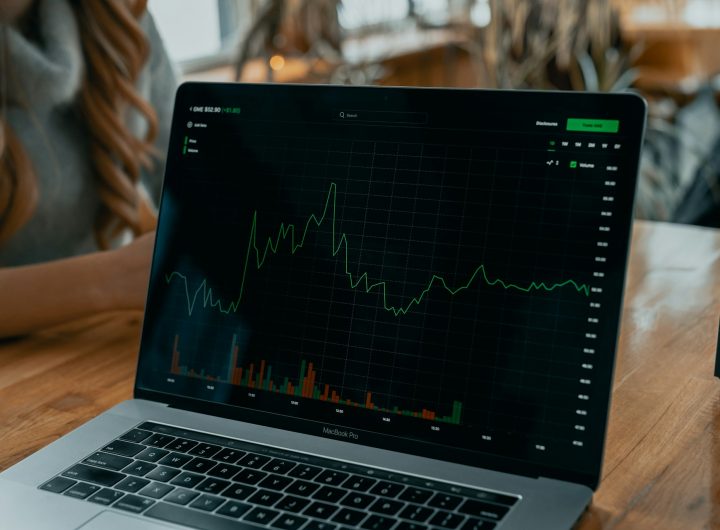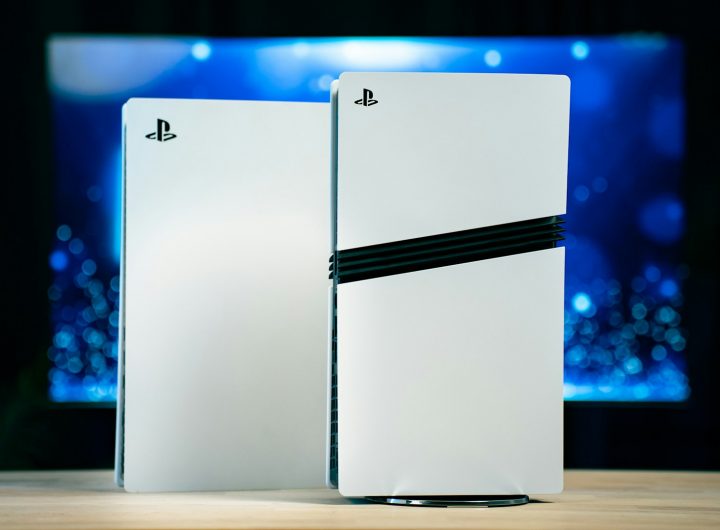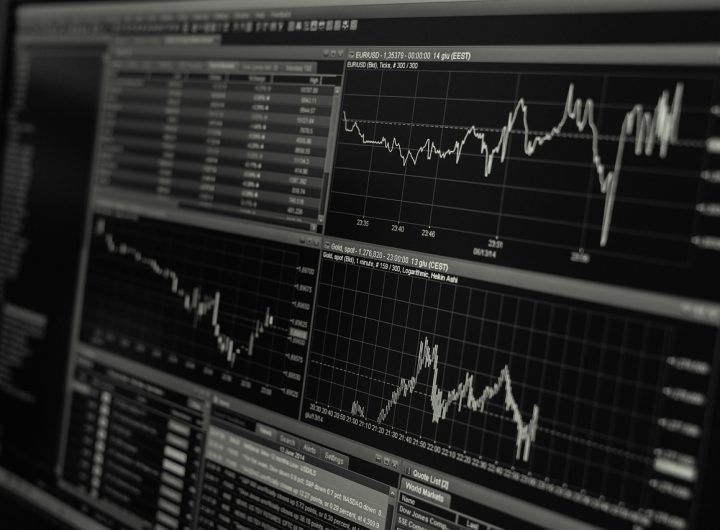
Sony has announced that it will raise the retail price of certain PlayStation 5 models in several global markets starting Monday, citing ongoing global economic instability as the main driver behind the decision.
According to a blog post published on Sunday by PlayStation, the price of the PS5 Digital Edition will increase to €499 across Europe, up from its previous retail price of €449. This follows a similar adjustment made in 2022.
In the United Kingdom, the new retail price will be £430, up from £389. In Australia, the console will now cost AUD 749 (around £390), a significant increase from the former AUD 649. In New Zealand, the PS5 Digital Edition will be priced at NZD 859 (approximately £405), reflecting a substantial rise in cost for consumers.
The PS5 Digital Edition is a slimmer version of the console that lacks a physical disc drive, targeting players who prefer to purchase and download games digitally.
Despite the price hikes for the digital variant, Sony has confirmed that the standard PlayStation 5 model—which features a built-in Blu-ray disc drive and was launched in 2020—will retain its current pricing in both Europe and the UK. Similarly, the price for the higher-end PS5 Pro, introduced last year, will remain unchanged.
This move comes at a time when global economic uncertainties and shifting trade policies are affecting the technology and consumer electronics industries. Earlier this month, U.S. President Donald Trump initiated a new round of tariffs targeting countries worldwide, a decision that has further disrupted international supply chains.
Over the weekend, additional confusion was introduced when it was reported that imports of electronic goods such as smartphones and laptops would receive a temporary reprieve from the new tariffs. This delay will remain in effect until the U.S. administration finalises a new tariff strategy focused specifically on the semiconductor sector.
Sony’s decision underscores the mounting challenges faced by electronics manufacturers, as inflation, fluctuating currency values, and geopolitical tensions continue to impact costs across the production and logistics spectrum. For consumers in affected regions, it marks yet another price adjustment in an already expensive generation of gaming hardware.
 Instagram ‘Challenge Required’ Error – What It Means and How to Fix It
Instagram ‘Challenge Required’ Error – What It Means and How to Fix It  Vibrant Designs for All: Download Every Google Pixel Wallpaper
Vibrant Designs for All: Download Every Google Pixel Wallpaper  The Best Family SUVs: Tested, Rated, and Ranked
The Best Family SUVs: Tested, Rated, and Ranked  Audi S3: A Compact Powerhouse Revived
Audi S3: A Compact Powerhouse Revived  First Drive: 2023 Mercedes GLE – Evolution Over Revolution
First Drive: 2023 Mercedes GLE – Evolution Over Revolution  Volkswagen Touareg: A Technological Marvel with Timeless Appeal
Volkswagen Touareg: A Technological Marvel with Timeless Appeal  UnitedHealth Shares Plunge Nearly 20%, Dragging Dow Jones Down by 700 Points
UnitedHealth Shares Plunge Nearly 20%, Dragging Dow Jones Down by 700 Points  Sony Increases PlayStation 5 Prices in Europe, Australia and New Zealand Amid Economic Turmoil
Sony Increases PlayStation 5 Prices in Europe, Australia and New Zealand Amid Economic Turmoil  Major Berlin Real Estate Firm Ziegert Files for Insolvency After Four Decades
Major Berlin Real Estate Firm Ziegert Files for Insolvency After Four Decades